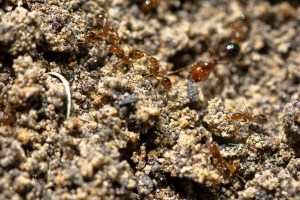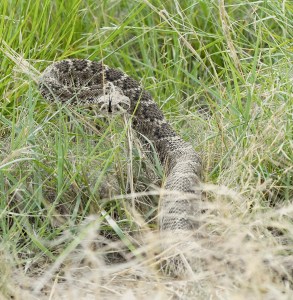Daddy longlegs, or harvestmen, might be scary, but they’re harmless
Published 1:46 pm Monday, May 15, 2017
CHAD GULLEY, Texas A&M AgriLife Extension Service
Harvestmen, or daddy longlegs, are common around East Texas. Worldwide there are more than 37 families of harvestmen, with 18 species reported in Texas. They may scare many people but they are harmless to humans.
Trending
Harvestmen are members of the arachnida class, which includes spiders, scorpions, mites and ticks. However, they are not technically a spider. Old-time myths are out there on them. Some would say they are the world’s most venomous spider but their fangs are not long enough to bite human skin. This is just not the case.
Another old tale was if you killed one, it would rain the next day. Another was if you picked up the harvestmen by all of its legs but one, the one leg would point you in the direction of lost livestock. Still, others in old times would claim seeing one in the evening as a sign of good luck.
The difference between harvestmen and spiders is that harvestmen have two eyes while spiders have six to eight eyes. Unlike spiders, the head, thorax and abdomen of a harvestman are a compact oval body and appear fused. Spiders also have venomous fangs, while harvestmen do not have venom glands or silk glands. Harvestmen pose no danger to humans.
The differentiation between male and female is seen in size, color and proportions of the appendages. Usually males are smaller, shorter and more brilliantly colored. Female’s markings tend to be more distinct. Males can have longer legs.
The legs are the most striking characteristic of the harvestmen. They can range from 1 to 2 inches in length. Not only are these legs long, but they are delicate. Their legs are as fine as those of water spiders, but harvestmen cannot penetrate the surface of water. Harvestmen move about rapidly with their body swung below the pumping knees. When disturbed, they stand on six legs and wave the second pair in the air to sense their surroundings.
Harvestmen have two measures of protection when disturbed. One is that their legs are easily detached from the body, serving as a means of protection from predators. The detached legs continue a twitching movement for some time distracting the predator while they harvestman escapes.
Trending
The second defense strategy is the art of stench. When disturbed, a pair of scent glands produces two secretions. One is a milky foul odor that gives the warning the harvestmen do not taste good to the predator. The second secretion is a clear trail laid as the harvestmen escapes. This trail is used by other harvestmen to follow.
Harvestmen eggs hatch in spring. The young look like white immatures of the adults but soon will darken. About every 10 days until they reach maturity they molt. The harvestmen split open their body cases and drag their long legs out of the old skin. This process may take 20 minutes.
Harvestmen are relatively solitary in habit. Sometimes several will form a tangled mass of bodies and legs remaining immobile. They wait motionless to ambush soft bodied insects. They may be found under eaves of homes or buildings, in crawl spaces and on trees. Food sources include aphids, beetles, caterpillars, earthworms, flies, mites, small slugs, snails and spiders.
Whether you call them harvestmen or daddy longlegs, they are not a pest, but considered beneficial. Birds, spiders and some ants are enemies of the harvestmen.






